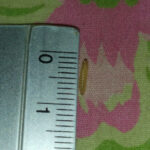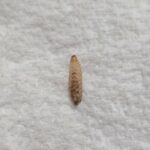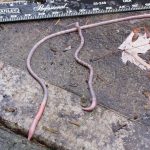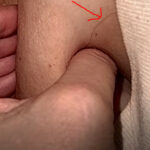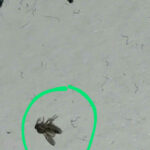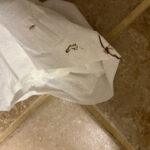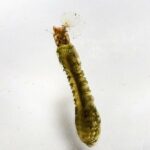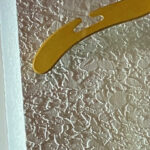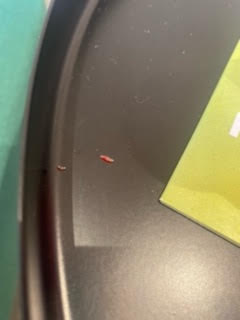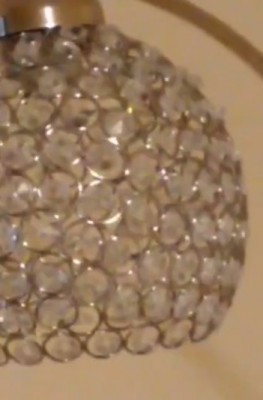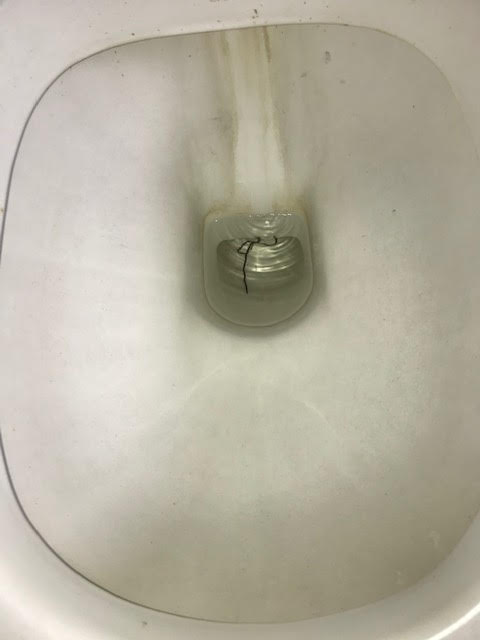
“What type of grub do you think these are?” asks Pat in her submission regarding the dozens of plump, white, worm-like critters pictured below. “Hundreds in my mulch.” Well, despite the fact that Pat did not include that much context, we know exactly what these are based on the fantastic photo she sent us (which we thank her for). These guys are chafer beetle larvae/grubs. You cannot get more grub-like than a chafer beetle larva: they are the token grub (‘grub’ being a term that loosely refers to any larva of a beetle, but which has, over the years, started to refer specifically to beetle larvae of this appearance).
Chafer beetle larvae are not harmful to humans or pets, but they can be harmful to one’s lawn, depending on the species. There are species of chafer beetle larvae which feed on decaying materials in the soil: these guys are not harmful to the lawn. Then there are species which feed on the roots of plants, which includes grass, and it is these larvae which can lead to the degradation of the health of one’s lawn. The most commonly-found chafer beetles belong to the variety which feed on decaying organic matter, so Pat has a good chance of having found the non-problematic kind. But there are no promises. It is difficult to tell chafer beetle larvae apart, because they all generally look the same. In fact, besides the nickname ‘grub’, their appearance even has a proper name: scarabiform.
‘Scarabiform’ refers to the brown head, C-shaped body, and the three pairs of prolegs which characterize their appearance. The word itself comes from the family of beetles they belong to, Scarabaeidae (scarab beetles). But even other beetle families like Scarboidae also produce larvae of a similar appearance. If Pat notices the following signs, then these may be root-eating chafer beetles: patches of yellow grass, increase in populations of animals (such as birds or foxes) digging up her lawn in search of the grubs, loose patches of turf. If she thinks she might be experiencing an infestation of the harmful kind of grubs, it might be worth contacting a professional to replace or repair her lawn, unless she feels comfortable enough doing it herself. As we are not lawn-repairing experts, this is not an area in which we can confidently give advice.
In conclusion, the grubs Pat found in her mulch are chafer beetle larvae, but we are not sure which species they are. They might be nothing to worry about, since the majority of chafer beetle larvae species are not the root-eating kind, but we cannot guarantee that. It might be best to contact a professional, or to take a few of the grubs in containers with air holes to her local county extension office, where someone might be able to pinpoint the exact species. Someone at the entomology department at a nearby university might be able to do the same. We hope this helps, and we wish Pat the very best.
All About Worms is always free, always reader-supported. Your tips via CashApp, Venmo, or Paypal are appreciated! Receipts will come from ISIPP Publishing.
You might also find these guys interesting!





